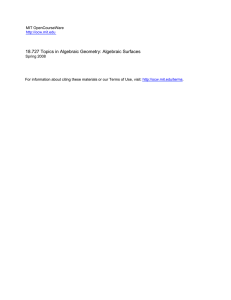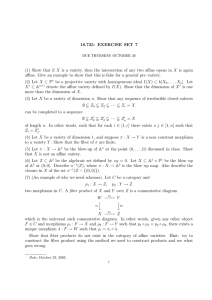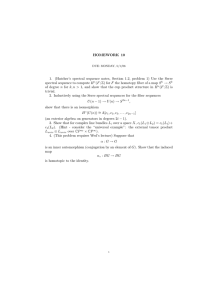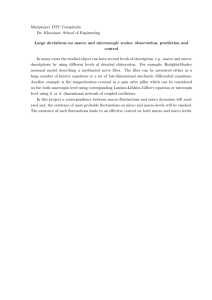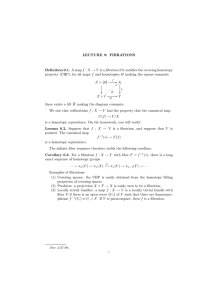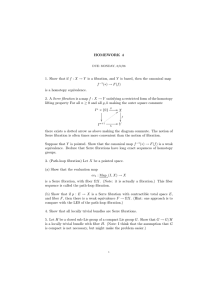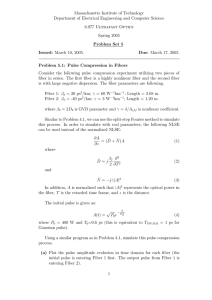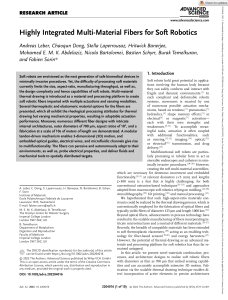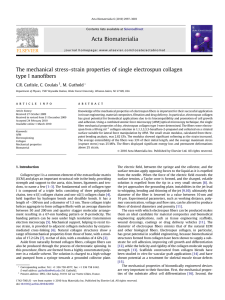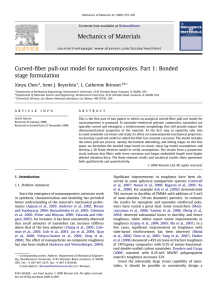21 Dietary Fiber in Health and Disease Questions and Answers
advertisement
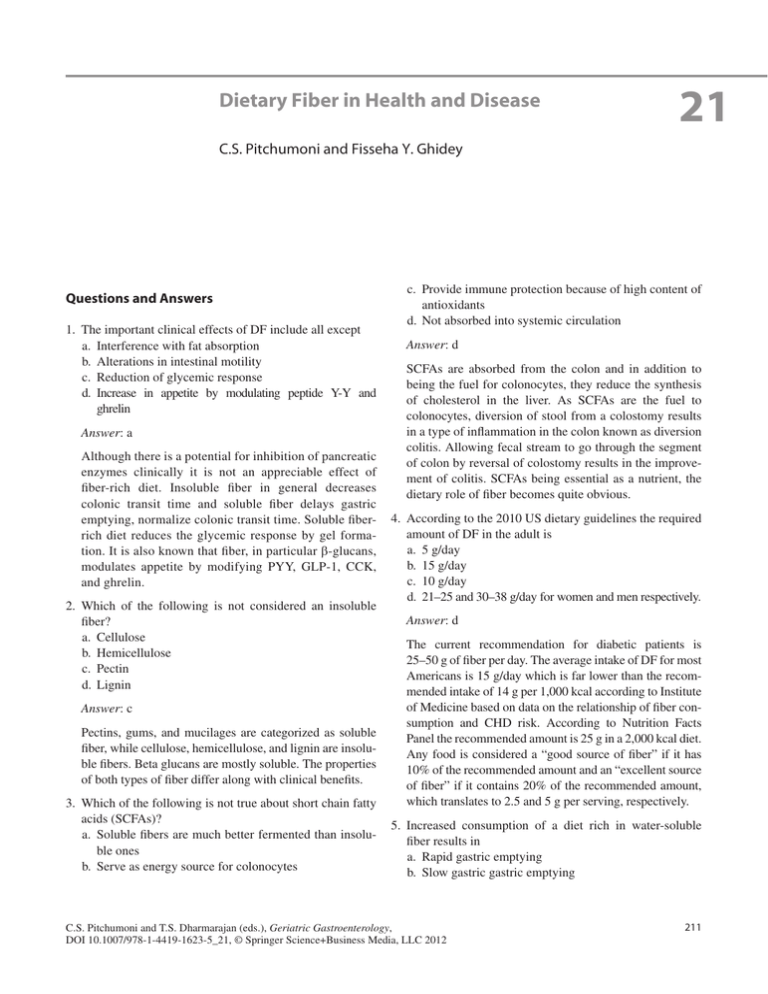
Dietary Fiber in Health and Disease 21 C.S. Pitchumoni and Fisseha Y. Ghidey Questions and Answers 1. The important clinical effects of DF include all except a. Interference with fat absorption b. Alterations in intestinal motility c. Reduction of glycemic response d.Increase in appetite by modulating peptide Y-Y and ghrelin Answer: a Although there is a potential for inhibition of pancreatic enzymes clinically it is not an appreciable effect of fiber-rich diet. Insoluble fiber in general decreases colonic transit time and soluble fiber delays gastric emptying, normalize colonic transit time. Soluble fiberrich diet reduces the glycemic response by gel formation. It is also known that fiber, in particular b-glucans, modulates appetite by modifying PYY, GLP-1, CCK, and ghrelin. 2. Which of the following is not considered an insoluble fiber? a. Cellulose b. Hemicellulose c. Pectin d. Lignin Answer: c Pectins, gums, and mucilages are categorized as soluble fiber, while cellulose, hemicellulose, and lignin are insoluble fibers. Beta glucans are mostly soluble. The properties of both types of fiber differ along with clinical benefits. 3. Which of the following is not true about short chain fatty acids (SCFAs)? a.Soluble fibers are much better fermented than insoluble ones b. Serve as energy source for colonocytes c.Provide immune protection because of high content of antioxidants d. Not absorbed into systemic circulation Answer: d SCFAs are absorbed from the colon and in addition to being the fuel for colonocytes, they reduce the synthesis of cholesterol in the liver. As SCFAs are the fuel to colonocytes, diversion of stool from a colostomy results in a type of inflammation in the colon known as diversion colitis. Allowing fecal stream to go through the segment of colon by reversal of colostomy results in the improvement of colitis. SCFAs being essential as a nutrient, the dietary role of fiber becomes quite obvious. 4. According to the 2010 US dietary guidelines the required amount of DF in the adult is a. 5 g/day b. 15 g/day c. 10 g/day d.21–25 and 30–38 g/day for women and men respectively. Answer: d The current recommendation for diabetic patients is 25–50 g of fiber per day. The average intake of DF for most Americans is 15 g/day which is far lower than the recommended intake of 14 g per 1,000 kcal according to Institute of Medicine based on data on the relationship of fiber consumption and CHD risk. According to Nutrition Facts Panel the recommended amount is 25 g in a 2,000 kcal diet. Any food is considered a “good source of fiber” if it has 10% of the recommended amount and an “excellent source of fiber” if it contains 20% of the recommended amount, which translates to 2.5 and 5 g per serving, respectively. 5. Increased consumption of a diet rich in water-soluble fiber results in a. Rapid gastric emptying b. Slow gastric gastric emptying C.S. Pitchumoni and T.S. Dharmarajan (eds.), Geriatric Gastroenterology, DOI 10.1007/978-1-4419-1623-5_21, © Springer Science+Business Media, LLC 2012 211 212 C.S. Pitchumoni and F.Y. Ghidey c. Increase glycemic index d. Enhances glycemic load Answer: b Water-soluble fibers delay gastric emptying by gel formation and improve glucose tolerance by decreasing glycemic index. The concept of glycemic index introduced in 1980s quantifies the postprandial blood glucose and insulin responses to intake of different food items (quality of food) and glycemic load represents the quantity and quality. Addition of gum and other soluble fibers in diet is likely to reduce the glycemic index. For example, the addition of gum to ice-cream to prevent crystal formation helps in reducing the glycemic index, a clinical benefit not intended commercially.
